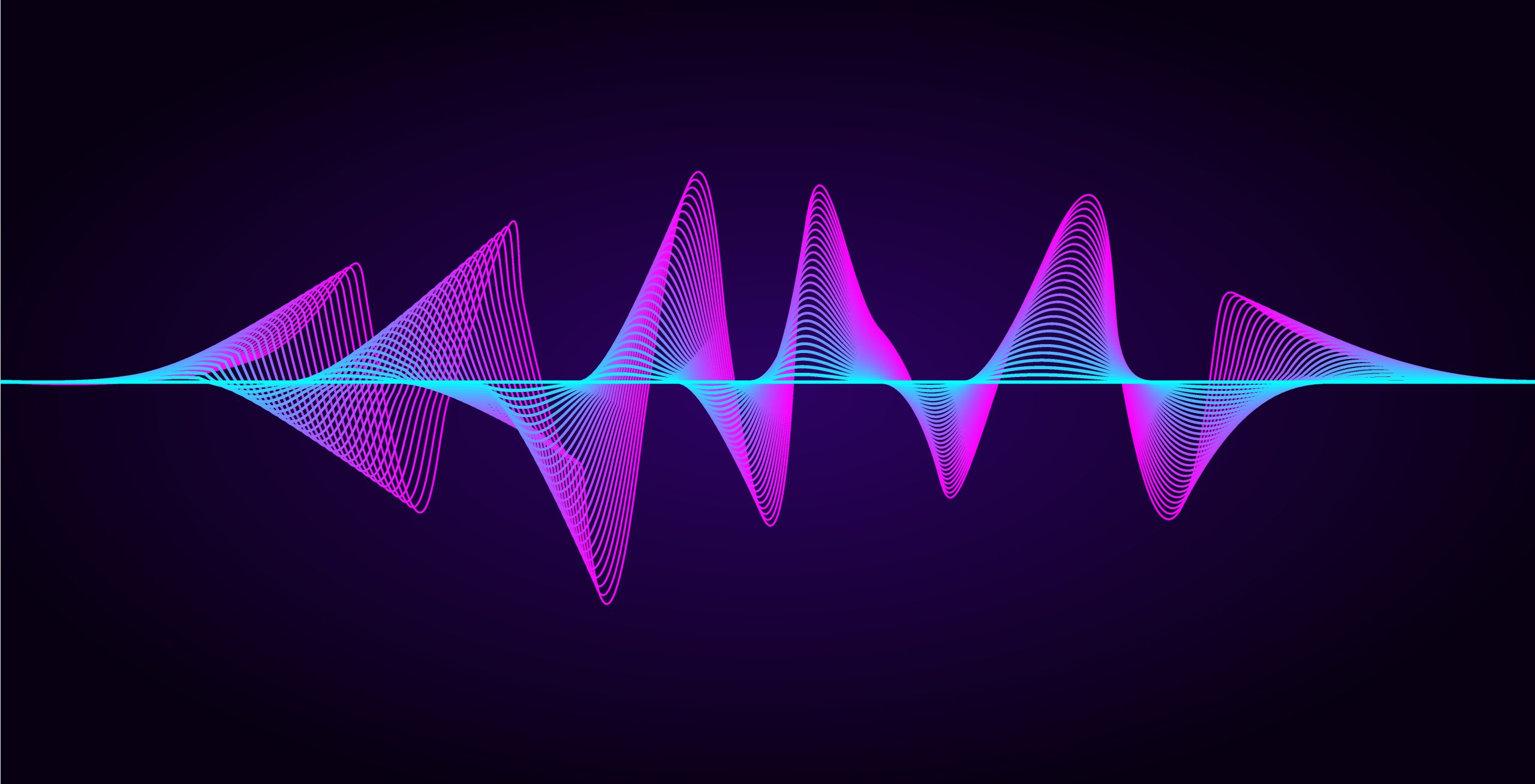Currently, the challenge is that the current stage of technology has not yet been addressed, especially in terms of accessibility for those who cannot use the Internet.
By 2022, about 450 million Indians are expected to own and operate smartphones, an increase of more than 125% from 2015 usage.
As of September 30, 2017, according to TRAI data, 1.183 million Indians have already used their mobile phones to date, with an overall teledensity of 91.56%.
Currently, only 300 million Indians have Internet-enabled smartphones with regular Internet access, so the digital payments industry still serves more than 50% of Indians who cannot use the various benefits of digital commerce.
We cannot provide Currently, the Internet penetration rate in India is only 31% and will not exceed the 50% threshold until 2021. This means that digital payment ecosystems will not be accessible to almost 600 million Indians until 2021.
For the digital payment ecosystem to function seamlessly with India transitioning to a fully digital economy, over 600 million Indians need to provide a mechanism for using digital payments without smartphones. This is the introduction of Sound Wave technology.
What is “Sonic” technology?
There are alternatives to device-to-device communication such as near field communication (NFC), but retailing is an expensive investment and most mobile phones currently operating in India are not NFC-enabled.
However, all mobile phones now sold and used in India are designed to receive and generate audio. Sound Wave technology leverages this capability across all mobile phone devices to provide an alternative means of communication between consumers and point-of-sale (POS) products/service providers.
What it means for consumers and retailers will soon be a convenient and seamless transaction. Because the basic hardware needs to generate and receive audio already exist in mobile phones, there are no traditional hardware barriers to adopting the technology.
How Soundwave is the best solution
The entire transaction and digital payment ecosystem can be converted to be accessible not only to Indians using smartphones but also to over one billion Indian-owned mobile phones.
The adoption of Sound Wave technology will serve as a catalyst for growth that will enable the spread of digital payments faster and more conveniently, creating a larger and more complete ecosystem for remote areas of the Indian economy with equal convenience.
Also, the low or nonexistent cost of vendor recruitment creates a product market that is ideal for mass deployment, from organized retail chains to independent merchants in India, enabling equalization of end consumers and merchants.
For customers, it provides a simpler and easier payment method, ultimately achieving the promise of a digital payment system that provides convenience similar to cash and the security of mobile wallets and bank apps.
Application of bomb technology
An aggressive post-democratization policy framework to promote digital payments has created major technical systems such as the Unified Payment Interface (UPI) and India Pile and has found great penetration in the Aadhaar initiative.
With the fundamental spread of mobile phones in India, Soundwave Technology has been able to revolutionize the way Indians trade between peers or as consumers and merchants. Regardless of the mode or medium in which the merchant and customer ar.
communicating, proximity is important — people can trade as long as the POS is equipped to receive Sound Wave enabled payment.

